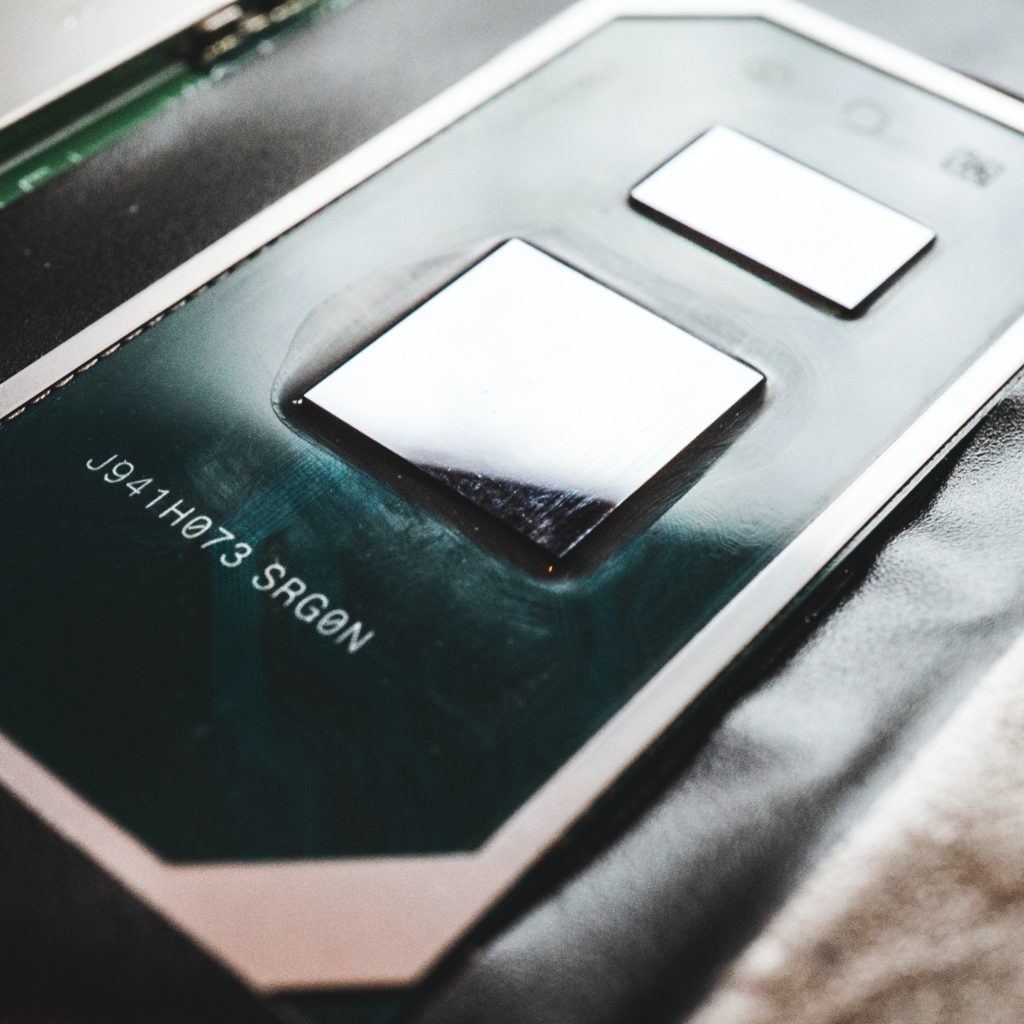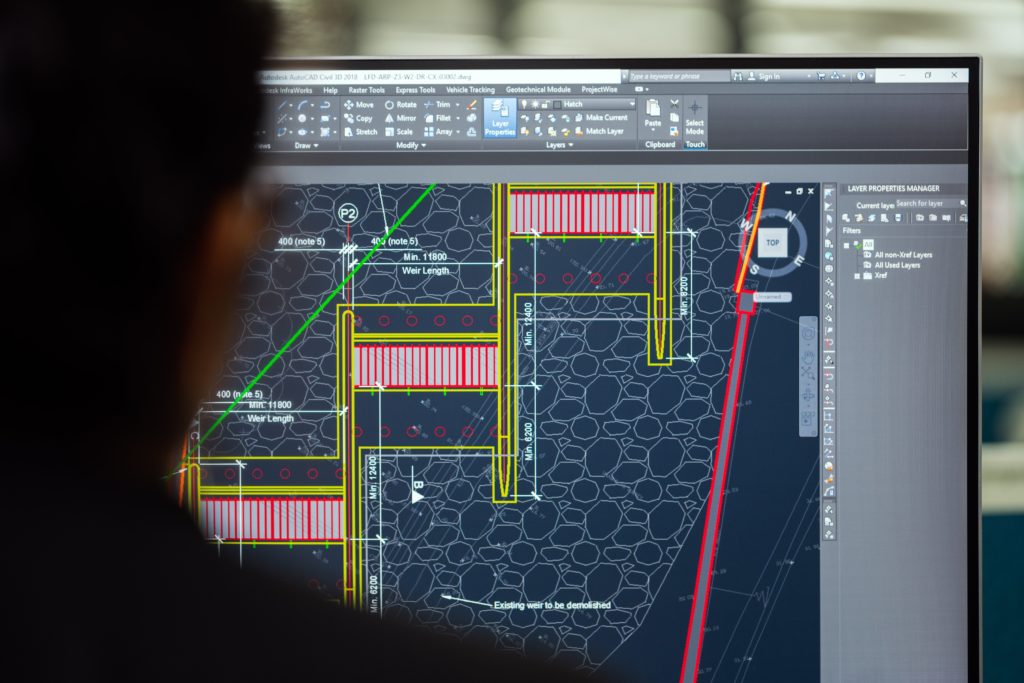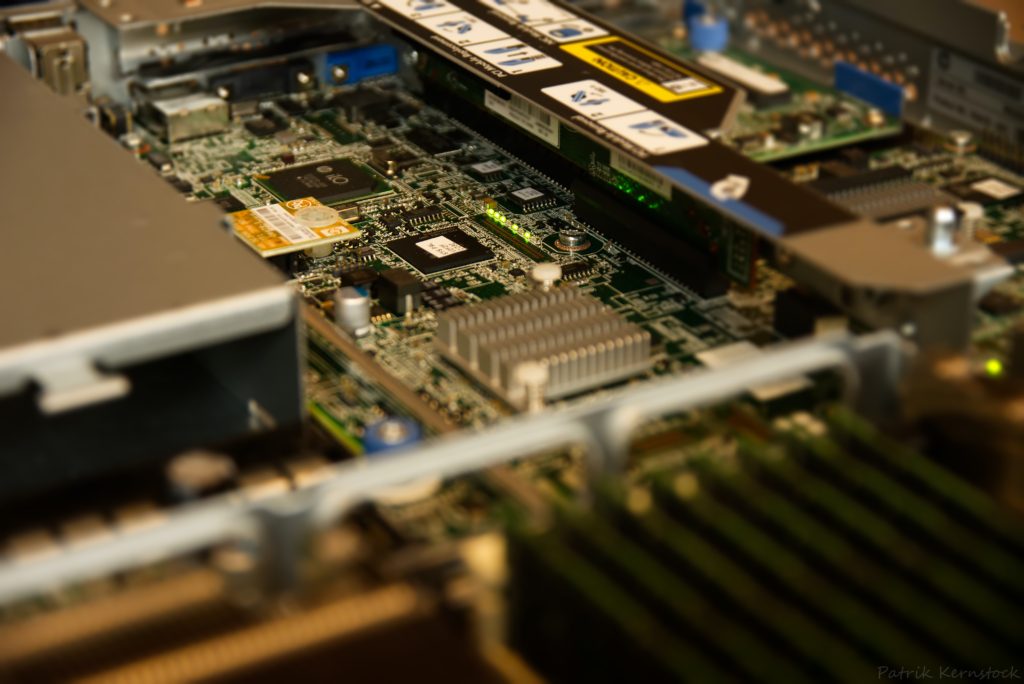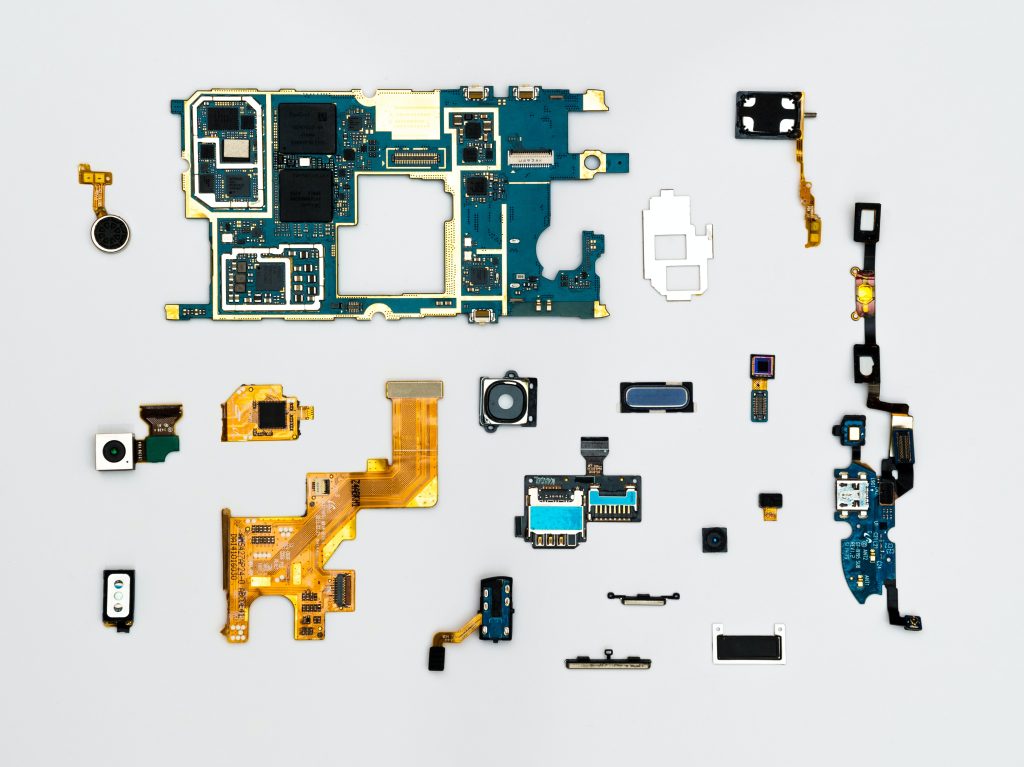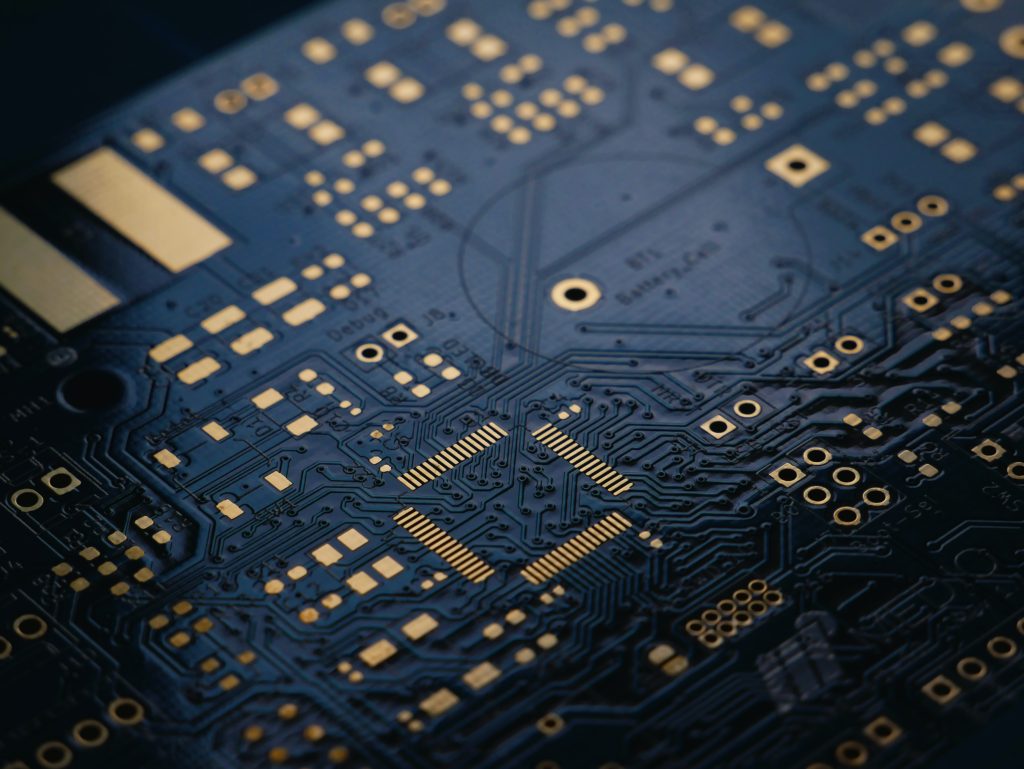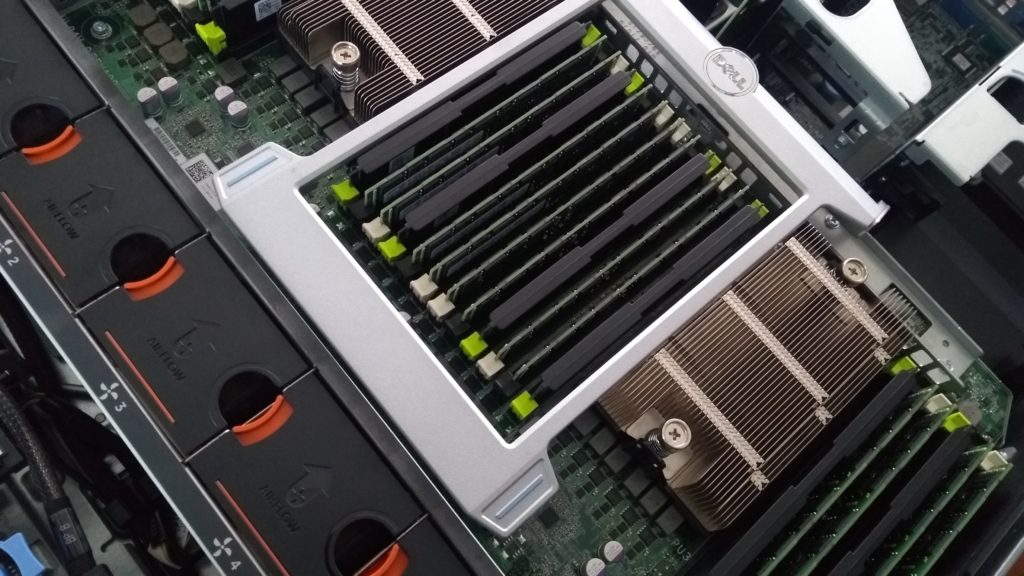Image Generated Using DALL-E
India And Semiconductor Talent
I have been getting a lot of emails and messages (on social media) regarding how a student (mainly in India) can wisely decide which specific undergraduate engineering majors to select to ensure the coursework-based training aligns with the semiconductor industry’s requirements. Thus, it also offers a better career perspective, more so when there are so many engineering majors to opt for, and therefore needs more explicit guidance on how and when one of many bridges the path towards a career as a semiconductor engineer.
Such a knowledge gap becomes more concerning for a country like India, which has a solid ambition for digitalization and the government’s push towards making India a hub for electronic manufacturing. And to succeed in this, skilled students in India will play a vital role.
To bridge this knowledge gap of undergraduate major vs semiconductor engineering, in the subsequent part of this blog, I will emphasize the following points:
- Levels Of Education That Lead To A Career In Semiconductor Industry
- Semiconductor Engineering Majors Versus Semiconductor Industry
- Engineering Degree Versus Semiconductor Industry Requirements
For the sake of simplicity, I will exclude the details of how the entrance examination process in India works. To simplify, let us assume any student with an interest in semiconductor engineering has the option to select an undergraduate major that can correctly set the roadmap for a semiconductor career.
Levels Of Education That Lead To A Career In Semiconductor Industry
I have observed that the journey to a career in the semiconductor industry can be embarked upon at various educational levels, each leading to distinct knowledge bases and career trajectories. These levels range from Diplomas to Ph.D. programs, and each plays a critical role in shaping an individual’s professional path in this dynamic field.
Diplomas offer a practical and focused introduction to electronics, mechanics, and other relevant fields. A certificate can be a stepping stone for individuals looking to enter the industry quickly, providing essential technical skills and a foundational understanding of semiconductor technology. Typically, diploma holders begin their careers in technician roles, overseeing aspects of semiconductor manufacturing or, at the max, basic design. As I have seen, these roles, while more hands-on and less theoretical, are crucial for the day-to-day operations of the semiconductor industry. In the long term, the growth opportunities are limited.
Bachelor’s degrees, such as a B.Tech or B.E., delve deeper into the theoretical and practical aspects of engineering disciplines related to semiconductors, like Electronics and Communication, Electrical Engineering, or Materials Science. With a bachelor’s degree, individuals have a comprehensive understanding of the principles and applications of semiconductor technology. Graduates often find design, development, and innovation opportunities, taking on roles that involve more responsibility and creative input than diploma holders. They are instrumental in driving the industry forward through engineering and design innovations.
Moving to higher education, Master’s and Ph.D. programs offer specialized knowledge and research opportunities. A Master’s degree allows specialization in niche areas within the semiconductor field, such as VLSI design, nanotechnology, or semiconductor materials. This level of education often leads to more advanced positions in industry research and development or management roles.
A Ph.D., the pinnacle of academic achievement, involves deep research and contributes to groundbreaking advancements in semiconductor technologies. Ph.D. holders typically engage in cutting-edge research, academics, or high-level industry innovation and decision-making. They are the trailblazers, pushing the boundaries of what’s possible in semiconductor technology.
In my ten years of academia and industry experience, each educational level caters to different aspects of the semiconductor industry, from operational roles to innovation and leadership.
Whether through hands-on skills acquired in diploma programs or the advanced research capabilities honed during a Ph.D., every level of education plays a vital role in the growth and advancement of this ever-evolving field.
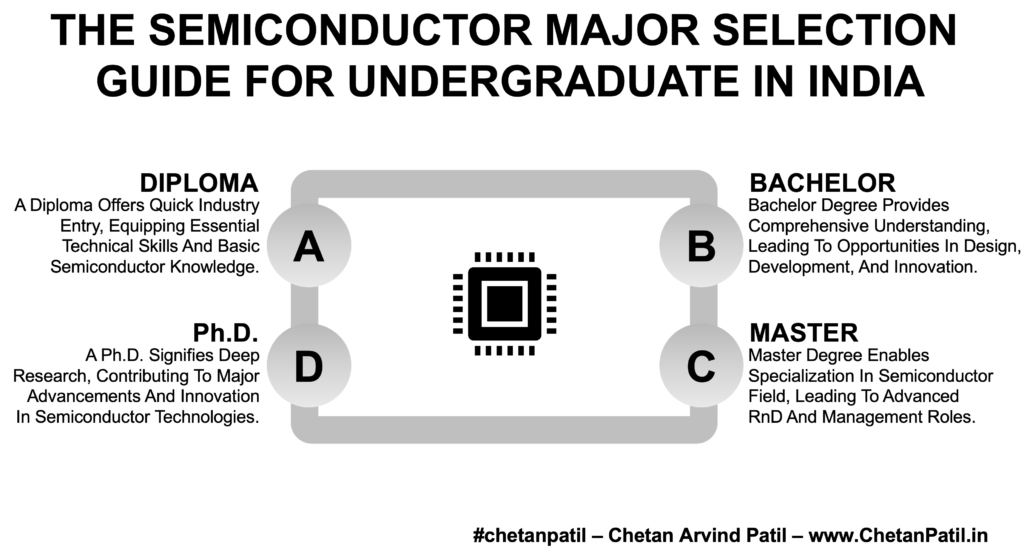
Semiconductor Engineering Majors Versus Semiconductor Industry Engineering Majors
Beneath, I have summarized almost all major engineering disciplines directly related to semiconductor engineering. At least in India, the more specialized degree programs have yet to be offered. However, the guide below is handy for students who need to learn how the major they select will impact if they wish to opt for a career in the semiconductor industry.
Another critical point to note is that selecting an undergraduate degree also has a say on which master’s and research degree one will pursue. I hope this table helps students both from an education and also a career point of view.
| Major | Description | Key Subjects | Career Prospects In Semiconductor Industry |
| Electronics and Communication Engineering (ECE) | Focuses on electronic circuits, communication systems, and related technologies. Directly aligned with semiconductor industry. | – Digital and Analog Electronics – Microprocessors and Microcontrollers – Signal Processing – Communication Systems – VLSI Design | – Chip Design and Manufacturing – Communication Systems Development – Quality Control and Testing – Research and Development |
| Electrical Engineering (EE) And/Or Electronics Engineering (EE) | Covers a broad range of topics related to power electronics, and electromagnetism, crucial for semiconductor devices. In many countries, ECE is often termed as EE. | – Circuit Analysis – Control Systems – Power Electronics – Electrical Machines – Electromagnetic Theory | – Semiconductor Manufacturing and Process Engineering – Chip Design And Manufacturing – Design and Maintenance of Power Systems in Plants – Equipment and Tool Development |
| Material Science and Engineering | Study of materials used in semiconductor manufacturing. Focus on properties, performance, and processing of materials. | – Thermodynamics of Materials – Physical Metallurgy – Polymer Science – Ceramics – Nanomaterials | – Material Research and Development – Quality Analysis in Manufacturing – Process Development for New Materials |
| Computer Engineering | Combines electrical engineering and computer science, focusing on computer systems and software for semiconductor design. | – Computer Architecture – Operating Systems – Algorithm Design – Embedded Systems – Digital System Design | – Software Development for Semiconductor Devices – Embedded Systems – Chip Design and Testing – System Integration – Product Engineering |
| Nanotechnology | Deals with structures and devices at the atomic and molecular scale, enabling advancements in semiconductor technology. | – Nanochemistry – Quantum Mechanics – Nanofabrication – Nano-scale Electronics – Molecular Engineering | – R&D in Advanced Technologies – Nanoscale Manufacturing Processes – Innovation in Fabrication Techniques – Quality Control and Testing at Nanoscale |
| Mechanical Engineering (With Focus On Microelectronics) | Application of mechanical principles to the design and manufacture of microelectronic systems in semiconductor devices. | – Mechanics of Materials – Thermodynamics – Microfabrication Technology – Fluid Mechanics – Heat Transfer | – Design and Manufacturing of Equipment – Thermal Management in Devices – Microelectronic Packaging and Reliability Analysis – Process Engineering in Fabrication |
| Chemical Engineering (With Focus on Semiconductor Processing) | Focuses on chemical processes and materials in semiconductor manufacturing, crucial for fabrication processes. | – Chemical Process Principles – Semiconductor Materials and Processes – Surface and Colloid Chemistry – Nanotechnology in Chemistry | – Fabrication and Processing – Material Development for Devices – Quality Control in Chemical Processes – R&D in Semiconductor Materials |
| Photonics Engineering | Centered around the use of light in technology, highly relevant to optoelectronics and fiber optics in semiconductors. | – Optics and Lasers – Optical Fiber Technology – Photonic Devices and Systems – Quantum Electronics | – Development of Optoelectronic Devices – Fiber Optics Communication System Design – Research in Photonic-based Technologies – Quality Testing and Control in Applications |
| Industrial Engineering | Focuses on optimizing complex processes and systems, crucial for improving efficiency and productivity in semiconductor manufacturing. | – Operations Research – Systems Engineering – Production Planning and Control – Quality Control – Supply Chain Management | – Process Optimization in Semiconductor Manufacturing – Supply Chain Management for Semiconductor Products – Quality Assurance and Control – Production Planning and Management – Systems Analysis and Design |
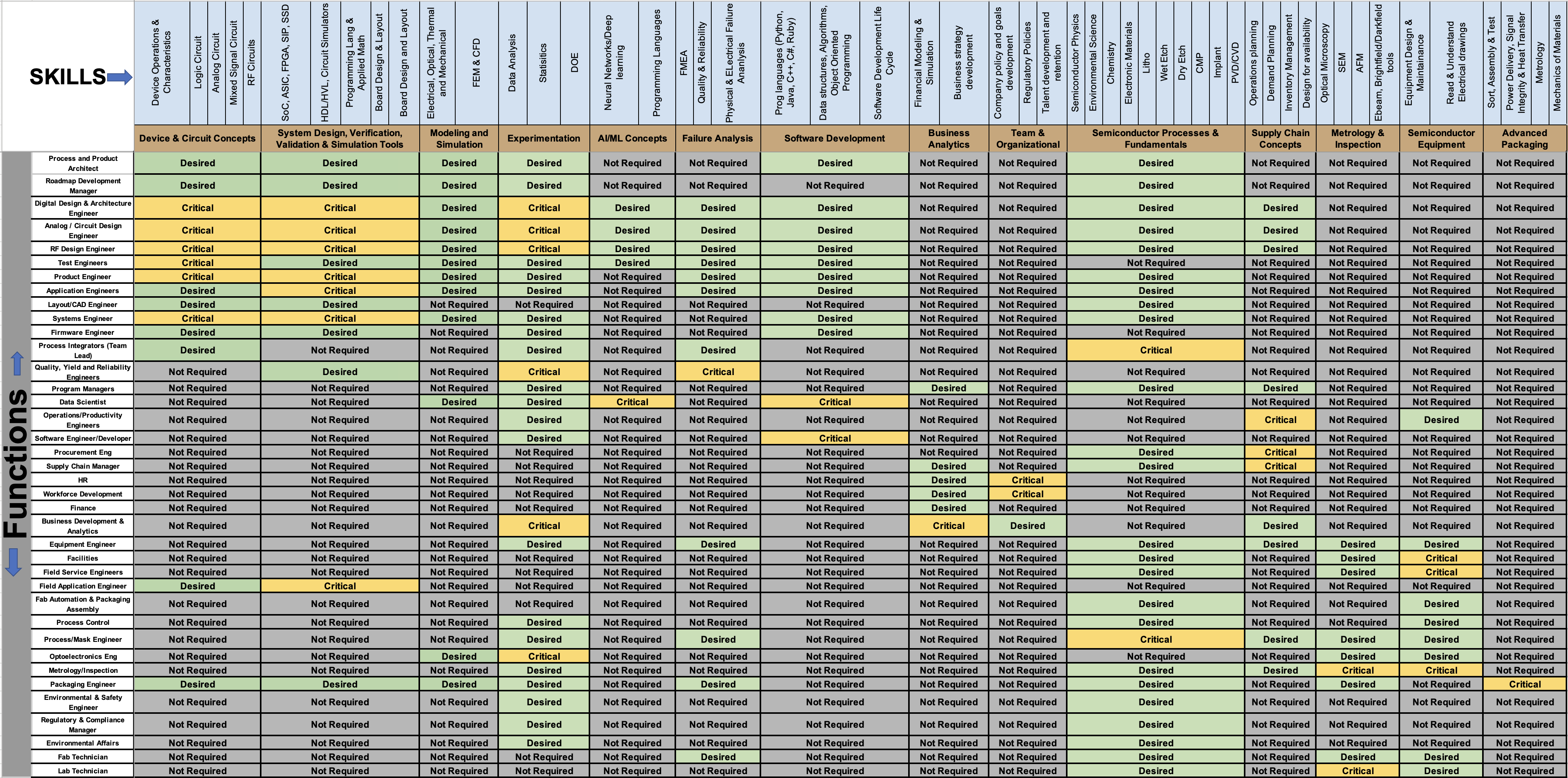
Source: SRC MAPT
Engineering Degree Versus Semiconductor Industry Requirements
To correlate the engineering majors with the semiconductor industry’s requirements, a student will find it easier to decipher SRC’s Knowledge, Skills, And Abilities (KSA) chart.
The KSA matrix was developed based on the inputs from experts across the semiconductor industry. The content of the KSA Matrix should adapt to the dynamic changes in the landscape of semiconductor talent requirements.
| Step | Description |
| Identify Core Skills For Desired Roles | Students should examine the matrix to identify critical or desired skills for roles they are interested in. For example, skills under ‘Device & Circuit Concepts’, ‘System Design, Verification, Validation & Simulation Tools’ are key for a design role. |
| Map Majors To Skills | Map the core subjects of the major to the skills listed in the matrix. An ECE major aligns their circuit design and signal processing knowledge with skills required for roles like Analog Design Engineer. |
| Evaluate The Relevance of Skills | Understand the relevance of each skill within the context of the chosen major. Focus on ‘Critical’ skills relevant to the major during studies. |
| Develop A Learning Path | Develop a learning path that includes electives, projects, and internships to enhance ‘Critical’ or ‘Desired’ skills for the targeted job role. |
| Bridge Skill Gaps | Identify and bridge ‘Critical’ skill gaps not covered in the major through additional courses, certifications, or self-study. |
| Use As A Guide for Specializations | For students undecided on a major or specialization, use the matrix as a guide to select a major aligning with the skill set for their desired role in the semiconductor industry. |
| Plan For Continuous Learning | The semiconductor industry is rapidly evolving. Students should plan for continuous learning to keep up with new tools and techniques. |
By utilizing this matrix, students can make strategic decisions about their education and career planning, ensuring they develop the necessary skills to thrive in the semiconductor industry.
Take Away
Reflecting on this guide, I realize its immense value for students navigating their way into the semiconductor industry. It highlights the critical decision of choosing the right academic major, which profoundly impacts one’s career trajectory in this complex field.
I advise carefully evaluating each engineering discipline, be it Electronics and Communication, Electrical, Material Science, or emerging fields like Nanotechnology. Each offers distinct skills and knowledge essential for various aspects of semiconductor technology. This understanding is crucial in shaping an educational journey that aligns with the semiconductor industry’s dynamic requirements.

